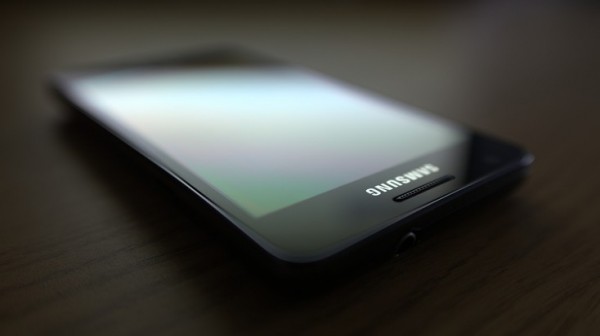
Perhaps if you live outside the United States or are a US-based hard-core phone geek, you already bought Galaxy S II. But for the majority of us, the big chance to score one of these big-screen beauts will be September 16 or 18, when they go on sale at Sprint and AT&T, respectively.
The United States is one of the last countries where the Galaxy S II launched -- Tuesday night. Heck, even China got the smartphone before us. But it's coming. Are you itching to get your grubby hands on one?
There are lots of considerations. Verizon subscribers are shut out, as the carrier chose the Samsung Droid Charge instead. T-Mobile announced the phone but no price or launch date. Sprint released pricing -- $199.99 -- but not AT&T. Some Android enthusiasts might prefer to hold out for the rumored Nexus Prime (my choice) because they want the pure Google experience and latest Gingerbread (or Ice Cream Sandwich) version. Others might look at 4.3-inch or 4.52-inch screens as making the phones too big (my opinion).
Then there is iPhone 5. Do you wait for it, or take the Galaxy S II right now? All three US variants are 4G -- iPhone might not be. There's Super AMOLED display, Gorilla glass, 8MP camera, 1080p video recording and microSD for expanding storage. Apple's next-gen smartphone is an unknown. Do you wait or throw the dice?
You tell me. That's what this post is for. Before you respond, some existing owners have some advice for you.
"My 2 months old Samsung Galaxy II is showing seriously low battery performance, now requesting a recharge before the end of the day, under light use", Pierre Dybman comments.
Battery life has been a contentiously debated topic on support and other user forums. Most of the reviews I've seen either don't mention battery life or find it to be adequate. "The battery life is appalling, I can't believe reviewers ignore this or even praise its battery life", Betanews reader TomasF complains.
According to Samsung, AT&T's S2 has battery life of (gasp) 3 hours continuous talk time. My God, could that be a typo? By comparison, the larger Epic 4G Touch from Sprint has 8.7 hours battery life with continuous talk time. Surely bigger screen means more battery consumption. But Sprint has chosen a substantially higher-capacity battery -- 1800 mAh, compared to AT&T's 1650 mAh.
As a baseline, my Nexus S has a 1500mA battery. Samsung doesn't give talk time, but Google puts it at 6 hours. I certainly get 4 hours continuous talk, at the least, and for daily data and calling recharge about every 40 hours. For heavy use, I can get through a regular work day (for me typically more than 10 hours).
My guess: Sprint S2 buyers will be a whole lot more satisfied with battery life than those choosing AT&T.
Size is another consideration. My Nexus S, which has a 4-inch screen, measures 63mm wide, 123.9mm high and 10.88mm thick and weighs 129 grams. Sprint's Epic 4G Touch is 69.6mm wide, 129.9mm high and 9.59mm thick and weighs 129 grams. The larger phone is thinner and weighs the same!
"As for the size of the phone, it's light enough, but it is getting really wide, and people with smaller hands (like me) may find it a little uncomfortable, at least not fit anymore for one hand use in some cases", Dybman explains.
Commenter Adamodeus looks forward to the larger size phone: "4.5 inches are a very welcome change from the puny screens of smaller phones. The days of 'the smaller the cooler' went the way of the dinosaurs when the Nokia 9210 Communicator was born and decimated the markets in its heyday. Today, we watch movies and play games on our phones, which is why the postage stamp iPod screens went the way of dinosaurs too".
For you there remains the simple question: Will you buy Samsung Galaxy S II? Please answer in comments, and there's the poll above.
Photo Credit: Marcus Carlsson

